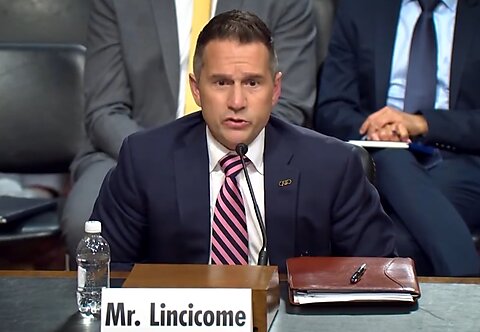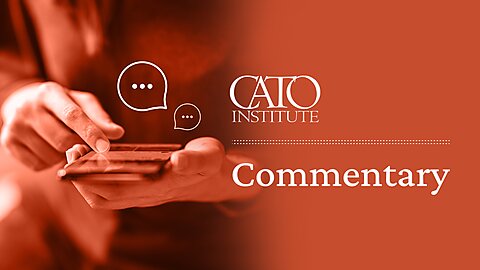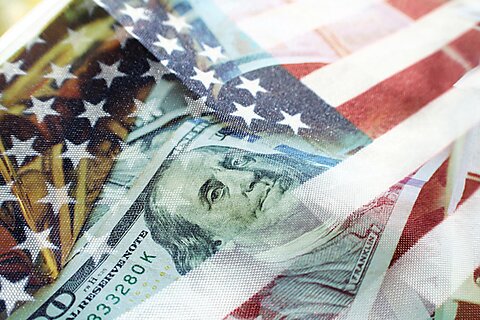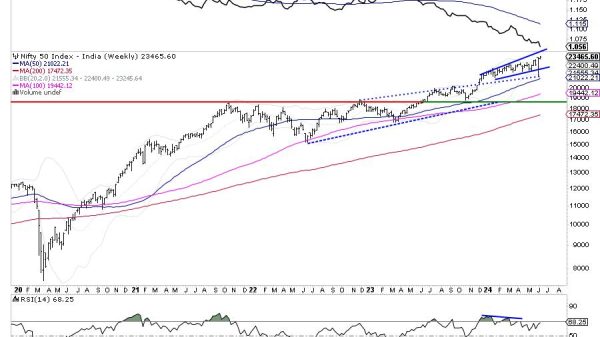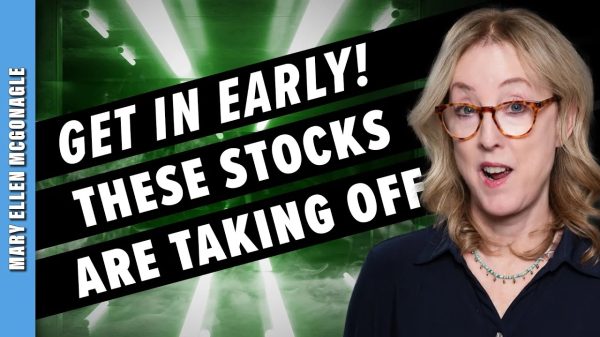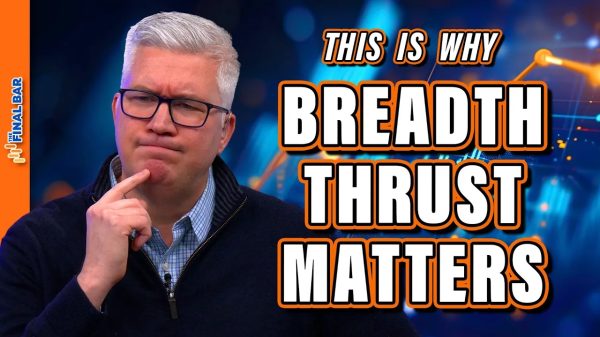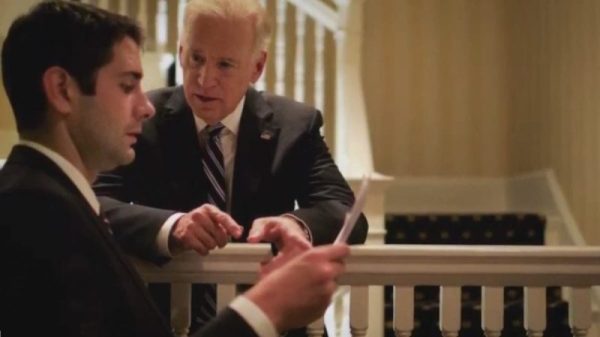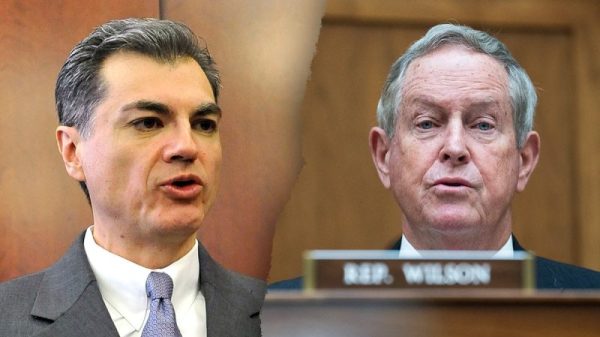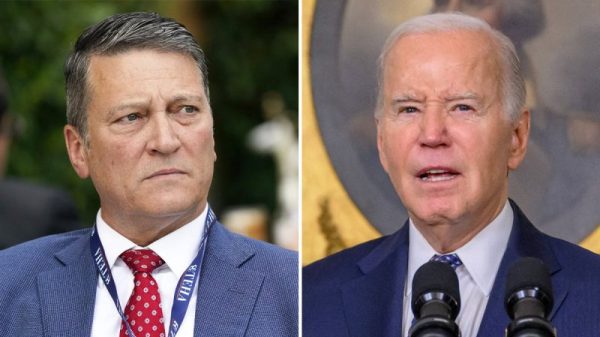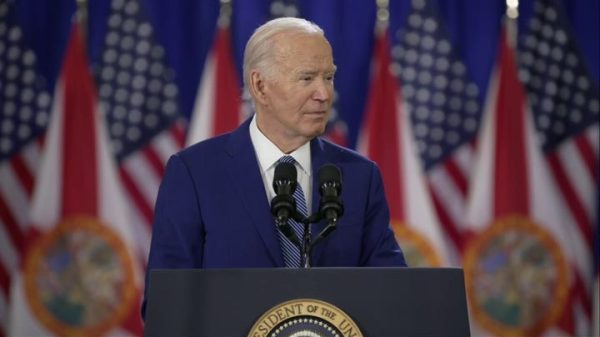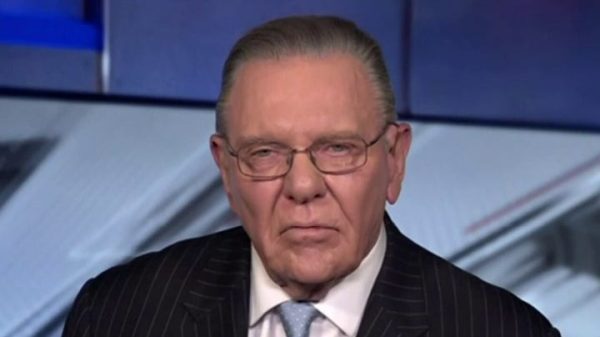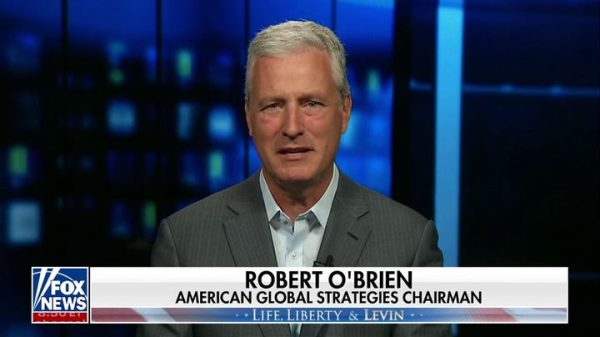Romina Boccia and Dominik Lett

The United States has been experiencing remarkable economic growth, even as debt and deficits soar to unprecedented heights. The economy has benefitted from lower interest rate sensitivity in the market and fiscal and monetary tailwinds. These dual trends are largely temporary, hiding the fiscal drag beneath the surface.
The economic literature is clear that high and rising government debt‐to‐GDP slows growth. Over time, debt crowds out more productive investments, raises interest rates, and makes America more vulnerable to crises of all types. Should Congress fail to course‐correct soon, America could suffer lower growth, economy‐stifling interest rates, and elevated inflation, harming current and future generations.
Stimulus‐Driven Growth May Be Short‐Lived
In the wake of the COVID-19 pandemic, the US has experienced impressive economic growth. In 2021, annual real GDP rocketed up by 6 percent. In 2022 and 2023, the US enjoyed roughly pre‐pandemic levels of growth. For context, the US economy grew by 2.5 percent annually in the five years preceding the pandemic. Internationally, the US recovery has outpaced its economic peers. At a recent American Enterprise Institute event, Federal Debt: The Baseline and Options for Reform, chief economists from JPMorgan, Mastercard, and Apollo pointed to a few reasons why the US economy has continued to surge ahead as debt and deficits reach new heights.
First, the economy has been bolstered by strong but temporary monetary and fiscal stimulus. In response to the pandemic, Congress enacted enormous fiscal stimulus, providing direct cash transfers to consumers, generous business loans, and temporary tax relief. This was followed by a series of large spending packages, including the CHIPS and Science Act (industrial policy), Infrastructure Investment and Jobs Act, and Inflation Reduction Act (energy subsidies, health care, and tax policy). Together, these three bills will raise deficits by nearly $1 trillion over the next ten years. Add that on top of the multi‐trillion‐dollar pandemic stimulus, and it is no surprise that higher inflation followed.
Likewise, the Federal Reserve initially pursued a loose, expansionary monetary policy in response to the pandemic economic downturn. The Fed pushed interest rates down and conducted large‐scale quantitative easing to increase the money supply and to make borrowing cheaper. Despite the Fed later tightening interest rates to combat inflation, the economy has continued to surge ahead, partly carried by earlier fiscal and financial tailwinds.
The key observation here is that most, if not all, of the fiscal and financial tailwinds outlined above are temporary. Consumers have already spent the savings they built up over the pandemic. COVID‐era subsidies have largely run out or are ending soon. Spending from bills with longer horizons, such as the CHIPS Act and the infrastructure bill, will wane over time, as will the associated temporary deficit‐fueled economic stimulus, while taxpayers will be saddled with permanently higher debt costs.
Second, lower interest rate sensitivity from many consumers and businesses has played a major role in limiting the deleterious effects of a high debt and deficit environment that’s pushing up rates. On the consumer side, around 70 percent of household debt is held as housing or mortgage debt, with 15- and 30‐year fixed mortgages insulated from interest rate fluctuations. Likewise, most of the total corporate bond market is in the form of medium‐ and long‐term investment grade bonds, with maturity times in excess of two years.
Still, not all companies and consumers are insulated from higher interest rates. If you bought a new home or car, you would have to bear higher interest costs. The same goes for companies with high debt and low revenue, such as venture capital firms and technology companies, which have been more exposed in our present high‐interest rate environment.
Consider also how the strong labor market has contributed to the post‐pandemic boom. Most of the year‐over‐year gains have been in health care, government, and construction. Many of the job gains seen in health care and government have been with health practitioners and social workers. These growth areas are less capital intensive and, by extension, less interest rate sensitive. Construction, meanwhile, is an industry that tends to be more interest rate sensitive but has received ample subsidies through the $400 billion 2021 infrastructure bill. Much of this new spending is merely crowding out more productive private‐sector investments over the long run. Even the recent trend of increased immigration, which has improved the labor outlook, could prove temporary depending on the outcome of the upcoming presidential election.
Fiscal Challenges Ahead
Meanwhile, the US faces a severe fiscal challenge. The US could be entering a new period of persistently elevated interest rates. Returning to the “free money era” of the 2010s seems increasingly unlikely, with the Congressional Budget Office projecting interest rates on 10‐year Treasury notes to remain at or above 4 percent over the next 30 years. Those higher rates will significantly raise the cost of servicing the national debt, accelerating our fiscal decline (see the graph below). As new consumers and businesses enter the market and as existing loans are refinanced, high interest rates will exert increasing downward pressure on the economy, slowing growth and innovation.
The regional banking crisis that occurred last year, featuring Silicon Valley Bank, Signature Bank, and First Republic Bank, illustrates how rising interest rates are already placing pressure on the financial sector. In a new paper, the American Enterprise Institute’s Paul Kupiec warns that waning demand for commercial real estate and high interest rates have made it uneconomical to refinance some properties as existing loans mature, creating a potential for significant bank losses. In the worst case, he argues that we might face a sequel to the 1980s Savings and Loan Crisis and the 2008 Great Financial Crisis.
As the debt burden and interest costs rise, investors will likely become increasingly concerned about the government’s ability to service its debt without inflating away the value of its bonds. A sudden loss of confidence could cause a rapid and spiraling fiscal crisis, wherein bondholders lose confidence in US Treasuries and dump their holdings. Such a scenario could have severe and widespread negative consequences for US economic and national security.
Congress usually waits until the last minute to deal with inevitable issues, including the national debt. The temporary nature of recent economic tailwinds and interest rate insensitivity is another reason Congress should proactively pursue fiscal reforms. More responsible budgetary practices now, including reining in record‐high deficits, can aid the Fed in its efforts to tame inflation by ensuring monetary and fiscal policy are working in tandem. It would also signal to markets that Congress is serious about tackling the long‐term debt challenge, strengthening the norms that underlie the credibility of US Treasuries.
If Congress wishes to get America’s dire fiscal trajectory under control, it needs to start laying the groundwork now. Delaying responsible budget reform until a crisis is on our doorstep puts America’s economic and national security in jeopardy.







